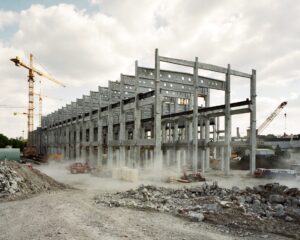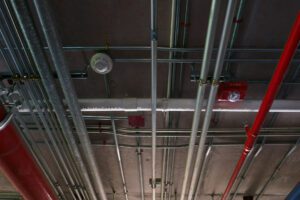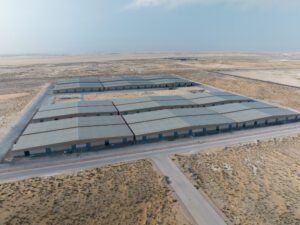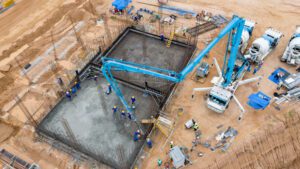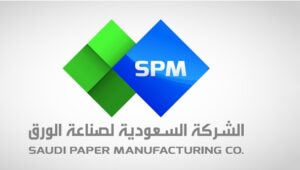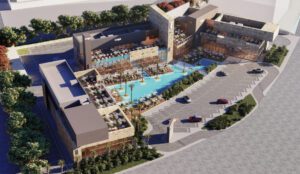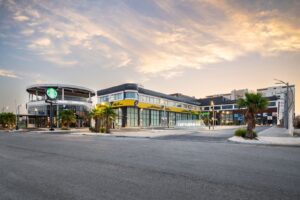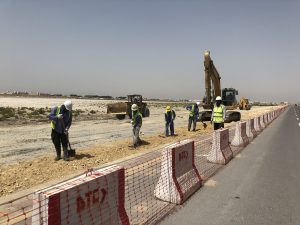Green Building
We are currently facing an environmental crisis that has been largely caused by humans. The effects of climate change are undeniable and frightening, and it’s clear that something needs to be done. One of the solutions? Green building. This refers to the use of methods, materials, and technologies that reduce the environmental impact associated with construction. It also includes reducing energy consumption, making buildings more efficient, and using renewable resources whenever possible. In this blog post, we will explore the green building in greater detail—from its origins to how it is being implemented around the world today. We will also discuss some of the advantages that come with green construction, as well as some potential challenges.
Green Building in Saudi Arabia: What the Industry Looks Like in 2023
In Saudi Arabia, the green building industry is expected to grow significantly in the next few years. In 2023, it is estimated that the value of the industry will reach SAR 9 billion (USD 2.4 billion). This growth is being driven by a number of factors, including an increased awareness of the benefits of green buildings, government support for green building initiatives, and a growing number of LEED-certified projects in the country.
Currently, there are over 120 LEED-certified projects in Saudi Arabia. These include both commercial and residential buildings. The kingdom is also home to the world’s largest LEED Platinum-certified project, King Abdullah Financial District (KAFD) in Riyadh. KAFD features a number of sustainable design elements, such as energy-efficient lighting and cooling systems, rainwater harvesting, and greywater recycling.
The Saudi government has been supportive of green building initiatives in recent years. In 2016, the Ministry of Environment, Water, and Agriculture launched the Green Buildings Program to encourage the construction of more environmentally friendly buildings in the kingdom. The program offers financial incentives for developers who build green-certified buildings. It also provides guidance on designing and constructing green buildings in Saudi Arabia.
As the green building industry continues to grow in Saudi Arabia, it is expected that more architects and engineers will specialize in sustainable design. This will help to create even more high-quality LEED-certified projects in the country.
How Saudi Arabia is positioning itself as a leader in green building
In Saudi Arabia, green building is becoming an increasingly important part of the construction industry. The Saudi government has set ambitious goals for reducing energy consumption and emissions in the country, and green building is seen as a key part of achieving these targets.
As a result, Saudi Arabia is investing heavily in research and development for green building technologies, as well as working to promote the adoption of these technologies by the construction industry. The government is also providing financial incentives for developers who build green buildings.
The country has already made significant progress in promoting green building. In 2015, Saudi Arabia was ranked as the top country in the Middle East and North Africa region for LEED (Leadership in Energy and Environmental Design) certified projects. And, according to a recent report by Jones Lang LaSalle, Saudi Arabia is expected to have the largest portfolio of certified green buildings in the MENA region by 2020.
This commitment to green building is positioning Saudi Arabia as a leader in the field, both in the region and globally. By promoting the adoption of sustainable construction practices, the country is working to create a more sustainable future for all.
The impact of Vision 2030
As the world progresses, so does our understanding of how to build sustainably. In recent years, “green building” has become a widely adopted practice in an effort to mitigate the impact of construction and development on the environment. The concept is simple: by incorporating eco-friendly features into the design and construction of buildings, we can reduce their negative footprint on the planet.
One country that has taken this idea to heart is Saudi Arabia. In 2016, the Saudi Arabian government released Vision 2030, a long-term plan for the country’s development that includes a strong focus on sustainable growth. One of the key pillars of Vision 2030 is environmental protection, and green building is seen as a key tool to achieving this goal.
The Saudi government has set ambitious targets for increasing the number of green buildings in the country. By 2030, they hope to have all new buildings meet green building standards, and 50% of existing buildings retrofitted to these standards. This will require a significant investment in research and development, as well as training for architects and engineers. But if successful, it could have a huge impact not just in Saudi Arabia, but around the world.
Green building is still a relatively new field, and there is much we don’t yet know about how to make buildings truly sustainable. But with initiatives like Vision 2030 driving progress, we are hopeful that we can learn fast enough to make a real difference for our planet.
LEED certification in Saudi Arabia
In Saudi Arabia, LEED certification is the recognized standard for demonstrating that a building project meets the highest green building standards. LEED, or Leadership in Energy and Environmental Design, is a green building rating system developed by the U.S. Green Building Council (USGBC).
LEED certification provides independent verification of a building project’s compliance with the most stringent international green building standards. In order to achieve LEED certification, a building project must meet strict requirements related to energy efficiency, water conservation, indoor air quality, materials selection, and site development.
Saudi Arabia is home to some of the world’s tallest buildings and most iconic architecture, and many of these projects are seeking LEED certification. The Kingdom Tower in Jeddah, for example, is currently seeking LEED Gold certification.
Achieving LEED certification is becoming increasingly important in Saudi Arabia as the country works to transition to a low-carbon economy. In 2016, Saudi Arabia announced its Vision 2030 plan, which includes ambitious goals for reducing greenhouse gas emissions and increasing renewable energy use. As part of this transition, Saudi Arabia has committed to constructing 50% of new buildings to green building standards by 2030.
LEED certified buildings are not only more environmentally friendly; they also provide significant economic benefits. Studies have shown that LEED certified buildings can increase asset value, reduce operating costs, improve tenant health and productivity, and create jobs. For these reasons and more, pursuing LEED certification is becoming
What is the future of green building in Saudi Arabia?
As the world becomes increasingly aware of the need to protect the environment, green building is becoming more popular. Saudi Arabia is no exception, with a number of major construction projects underway that are incorporating sustainable design and construction practices.
One such project is the King Abdullah Financial District in Riyadh, which is aiming to be one of the most environmentally-friendly districts in the world. The district will include a number of skyscrapers, as well as office buildings, residential towers, hotels, and retail space. The development will make use of energy-efficient lighting and cooling systems, as well as solar panels and other renewable energy sources.
Another major project that is championing sustainable building practices is the Jeddah Tower, which is set to become the tallest building in the world when it is completed. The tower will incorporate a number of eco-friendly features, such as a double-skin facade to minimize heat gain, water recycling systems, and an onsite power generation plant.
These are just two examples of the many construction projects underway in Saudi Arabia that are embracing green building practices. With oil prices remaining volatile and awareness of environmental issues growing, it is likely that this trend will continue in the years to come.


